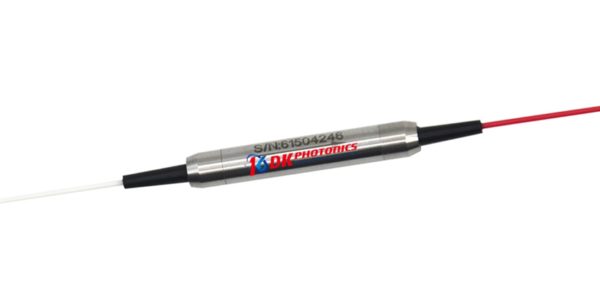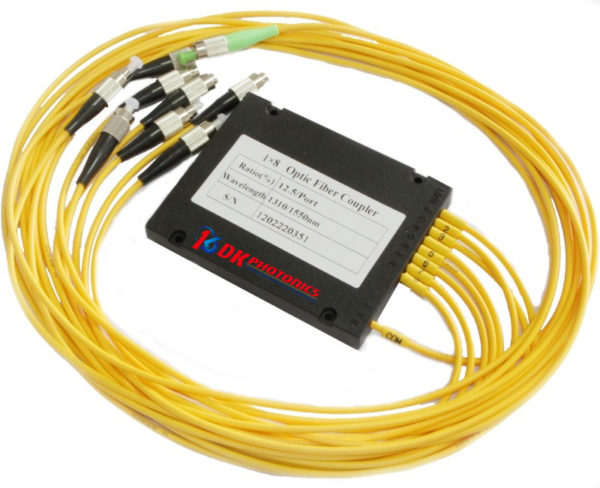The fiber optic isolator is a two way or two-port micro-optic device built along with SMF28e fiber or Hi1060 fiber. This device guides optical light in one single direction and prevents it from reflecting and scattering in the reverse direction. These isolators feature high isolation, low insertion, and great environmental reliability and stability. They are best used for suppressing reverse reflection in fiber lasers and many other fiber optic systems that are based on high-performance lasers.

The polarization insensitive optical isolators are designed and manufactured to match Telcordial standards. The device gets its capability to handle high power from epoxy-free optical path design and a unique manufacturing process. These devices are highly characterized by superior perforce at low cost while providing high reliability. Polarization insensitive optical isolators have widely been used in transmitters, Raman amplifiers, fiber lasers, DWDM systems, EDFAs, and other fiber optic communication equipment to suppress backscattering and reverse reflection.
Features
Optical path epoxy free
Low Insertion Loss
High return loss
High isolation
Low polarization sensitivity
High stability & reliability
Applications
Fiber optic amplifiers
Fiber optic systems testing
CATV fiber optic links
Fiber optic LAN systems
Telecommunications
Where you should buy them?
Most probably you have bought certain products from online stores with the help of the internet. Similarly, you can buy these isolators from a reputed and reliable manufacturer and supplier and if you require these in large quantities you can buy from online wholesale retailers of these isolators.
Why you should buy them online?
The online market is highly versatile especially when it comes to buying electronic equipment like these polarization insensitive optical isolators. Moreover, a majority of suppliers would be having other supportive components for sale that are used in fiber lasers and various telecommunication based applications.
Following is the list of some other components used in fiber laser applications
1.0μm Polarization Beam Splitter-Combiner
1.0μm 1×2(2×2) Fused PM Fiber Standard Coupler (Single axis working)
1.0μm 1×2(2×2) Polarization Insensitive Fused PM Fiber Standard Coupler (Both axis working)
1.0μm Polarization Maintaining Filter Coupler (1×2/2×2) (Both axis working)
1.0μm Polarization Maintaining Tap Coupler (1×2/2×2) (Fast axis blocking)
980/1030 & 980/1064nm PM Fused WDM
980/1030 & 980/1064nm PM Filter WDM
1.0μm PM Faraday Mirror
1.0μm PM (2+1) x1 Pump & Signal Combiner
1.0μm PM (6+1) x1 Pump & Signal Combiner
1.0μm PM Mode Field Adapter
1.0μm PM Cladding Power Stripper
1.0μm 1×4, 1×8 PM Filter Coupler Modules
1.0μm Polarization Maintaining Mechanical Variable Optical Attenuator
All of these including more are widely available on the internet. All you have to do is to choose your supplier wisely and rely on the one which assures you that you will receive good quality components. A good reason to shop for them online is that you will notice that the online market is highly cost-effective and there are chances to get components at a reasonable price, that also less than the offline market.

